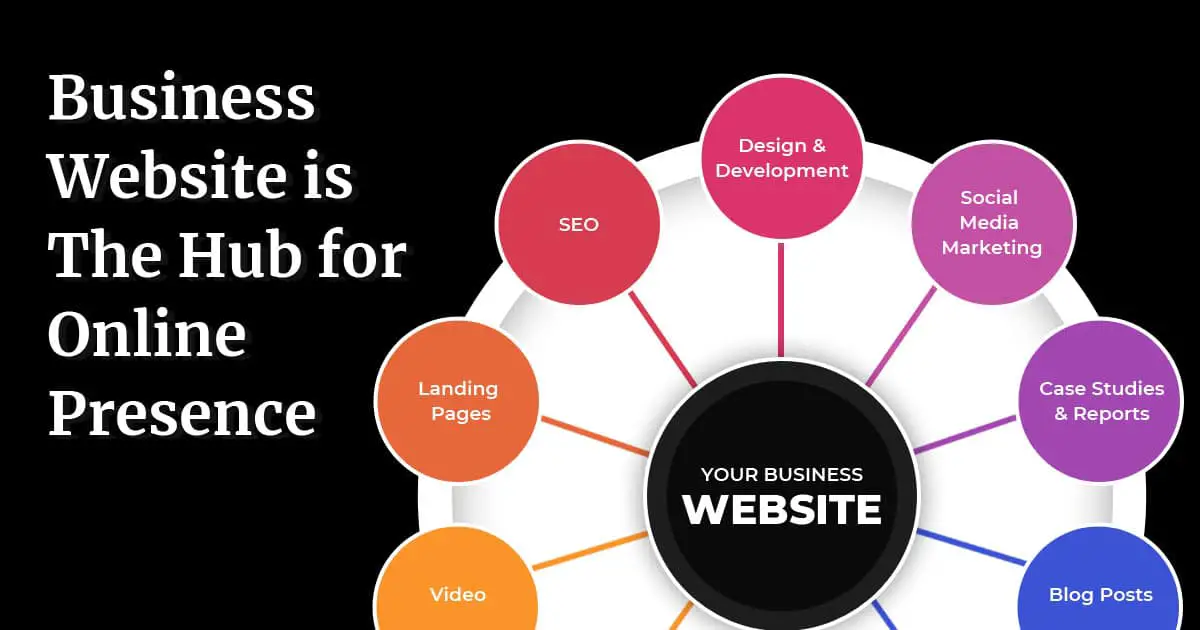Content Delivery Networks (CDNs) for Nonprofits: Empowering Access and Impact

Introduction

In today’s digital landscape, nonprofits rely heavily on online platforms to connect with their audiences, disseminate information, and raise funds. However, ensuring that content reaches users quickly and efficiently can be a challenge, especially for organizations operating on limited budgets. Content Delivery Networks (CDNs) provide a solution to this problem, offering nonprofits a cost-effective way to enhance their online presence.

What is a CDN?
A CDN is a geographically distributed network of servers that caches and delivers content to users based on their location. When a user requests a website, image, or video, the CDN attempts to serve it from the nearest server, reducing latency and improving loading times.
Benefits of CDNs for Nonprofits
Improved Website Performance: CDNs cache static content, such as images, CSS, and JavaScript files, reducing page load times and enhancing user experience.
Increased Audience Reach: By delivering content from multiple servers, CDNs ensure that users have access to resources regardless of their proximity to the organization’s physical location.
Reduced Bandwidth Costs: CDNs can reduce bandwidth usage by caching content on their own servers, minimizing the load on the nonprofit’s origin server.
Enhanced Security: CDNs provide additional layers of security, such as DDoS protection and SSL encryption, safeguarding the organization’s online assets.
Cost-Effectiveness: CDNs offer a cost-efficient solution for nonprofits to improve their online performance without investing in expensive hardware and infrastructure.
Choosing the Right CDN
When selecting a CDN, nonprofits should consider the following factors:
- Pricing: CDNs typically charge based on bandwidth used or a monthly subscription fee.
- Network Coverage: The CDN should have servers located in regions where the nonprofit’s target audience is present.
- Support: The CDN should provide prompt and reliable support in case of any issues.
Getting Started with CDNs
Integrating a CDN into a nonprofit’s website typically involves the following steps:
- Create an account with a CDN provider.
- Configure the CDN settings according to the organization’s needs.
- Update the website’s DNS settings to point to the CDN.
- Test the website’s performance before and after CDN integration.
Impact on Nonprofit Operations
Effective CDN utilization can significantly enhance a nonprofit’s online presence and impact its operations:
- Increased Engagement: Faster website load times lead to increased user engagement and higher conversion rates.
- Expanded Reach: CDNs allow nonprofits to reach a wider audience, regardless of their location or device.
- Improved Fundraising: Enhanced website performance can contribute to increased online donations and support.
- Enhanced Collaboration: CDNs enable nonprofits to easily share resources and collaborate with partners by providing fast and reliable access to content.
Conclusion
Content Delivery Networks offer a powerful solution for nonprofits to improve their online performance, increase their reach, and enhance their impact. By investing in a CDN, organizations can effectively deliver their message to a global audience, promote their mission, and drive their fundraising efforts.Cdn for Nonprofits: Enhancing Online Presence
Executive Summary
In the modern digital landscape, nonprofits face the challenge of establishing and maintaining a strong online presence. A Content Delivery Network (CDN) can serve as a powerful tool, enabling nonprofits to deliver content to users faster, more reliably, and across a wider geographic reach. This article explores the benefits of CDNs for nonprofits, providing practical insights and guidance on how to leverage this technology to enhance their online presence and achieve greater impact.
Introduction
For nonprofits, having a strong online presence is crucial for connecting with donors, beneficiaries, and volunteers. However, delivering high-quality content to a global audience can be challenging, especially during peak traffic periods. A CDN can address these challenges by providing a distributed network of servers that cache and deliver content from multiple locations, optimizing performance and ensuring a seamless user experience.
FAQs
- What is a CDN?
A CDN is a network of servers strategically located in various geographic regions. When a user requests content from a website hosted on a CDN, the request is automatically routed to the nearest server, reducing latency and improving load times.
- How does a CDN benefit nonprofits?
CDNs for nonprofits provide several advantages:
- Improved Website Speed: Faster page load times enhance user engagement and reduce bounce rates.
- Increased Scalability: CDNs can handle spikes in traffic, ensuring that content remains accessible even during high-demand periods.
- Enhanced Security: CDNs mitigate DDoS attacks and improve overall website security.
- Reduced Costs: CDNs can minimize bandwidth usage and server load, leading to lower hosting costs.
- How to choose a CDN:
When selecting a CDN, nonprofits should consider factors such as:
- Service Features: Availability of features like security, caching, and content optimization.
- Global Coverage: The CDN’s network should cover the geographic regions where the nonprofit operates.
- Cost: Pricing plans should align with the nonprofit’s budget and usage requirements.
Subtopics
1. Performance Optimization
The primary benefit of CDNs is performance optimization. They cache static content, such as images, videos, and CSS files, on servers closer to users. This reduces latency, improves page load times, and enhances overall user experience.
- Caching: CDNs store cached copies of content, minimizing the need for users to retrieve data from the origin server.
- Compression: CDNs compress content using techniques like GZIP, reducing bandwidth consumption.
- Load Balancing: CDNs distribute traffic across multiple servers, preventing overloads and ensuring optimal performance.
- HTTP/2 Support: HTTP/2 is a newer protocol that improves performance by supporting multiplexing and header compression.
2. Global Reach
CDNs have globally distributed networks with servers in multiple locations. This allows them to deliver content closer to users, reducing latency and improving access for users in remote or underserved areas.
- Geographical Distribution: CDNs have servers in various countries and regions, ensuring faster content delivery across borders.
- Content Localization: CDNs can cache localized content, improving user experience for international audiences.
- Fault Tolerance: CDNs provide redundancy by replicating data across multiple servers, increasing reliability and minimizing outages.
- Real-Time Monitoring: CDNs offer real-time monitoring tools, allowing nonprofits to track performance and identify issues proactively.
3. Security Enhancements
CDNs play a vital role in enhancing website security by mitigating DDoS attacks, protecting against data breaches, and implementing encryption.
- DDoS Protection: CDNs absorb and redirect malicious traffic, preventing denial-of-service attacks.
- SSL Encryption: CDNs support HTTPS, ensuring encrypted data transmission and protecting user privacy.
- Security Certificates: CDNs provide security certificates, increasing user confidence and improving website reputation.
- Web Application Firewall (WAF): A WAF is a security service that filters malicious traffic and protects websites from vulnerabilities.
4. Cost Optimization
CDNs can optimize costs by reducing bandwidth usage, minimizing server load, and improving overall efficiency.
- Bandwidth Reduction: CDNs cache content, reducing the need to fetch data from the origin server, resulting in lower bandwidth costs.
- Server Optimization: By offloading traffic to CDNs, nonprofits can reduce the load on their origin servers, prolonging their lifespan and reducing maintenance costs.
- Pay-as-you-go Pricing: Many CDNs offer flexible pricing plans, allowing nonprofits to pay only for what they use.
- Reporting and Analytics: CDNs provide detailed usage reports and analytics, enabling nonprofits to optimize their costs and identify areas for improvement.
Conclusion
CDNs are essential tools for nonprofits looking to enhance their online presence. They improve website speed, expand global reach, enhance security, and optimize costs. By leveraging a CDN, nonprofits can deliver high-quality content to their target audience faster, more reliably, and across a wider geographic area. This ultimately strengthens their online impact and empowers them to connect with donors, beneficiaries, and volunteers more effectively.
Keyword Tags
- CDN for Nonprofits
- Online Presence for Nonprofits
- Website Performance Optimization
- Content Delivery Networks for Nonprofits
- Security Enhancements for Nonprofits

